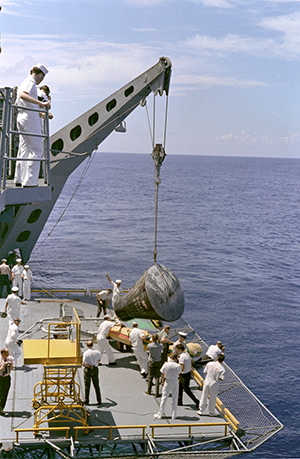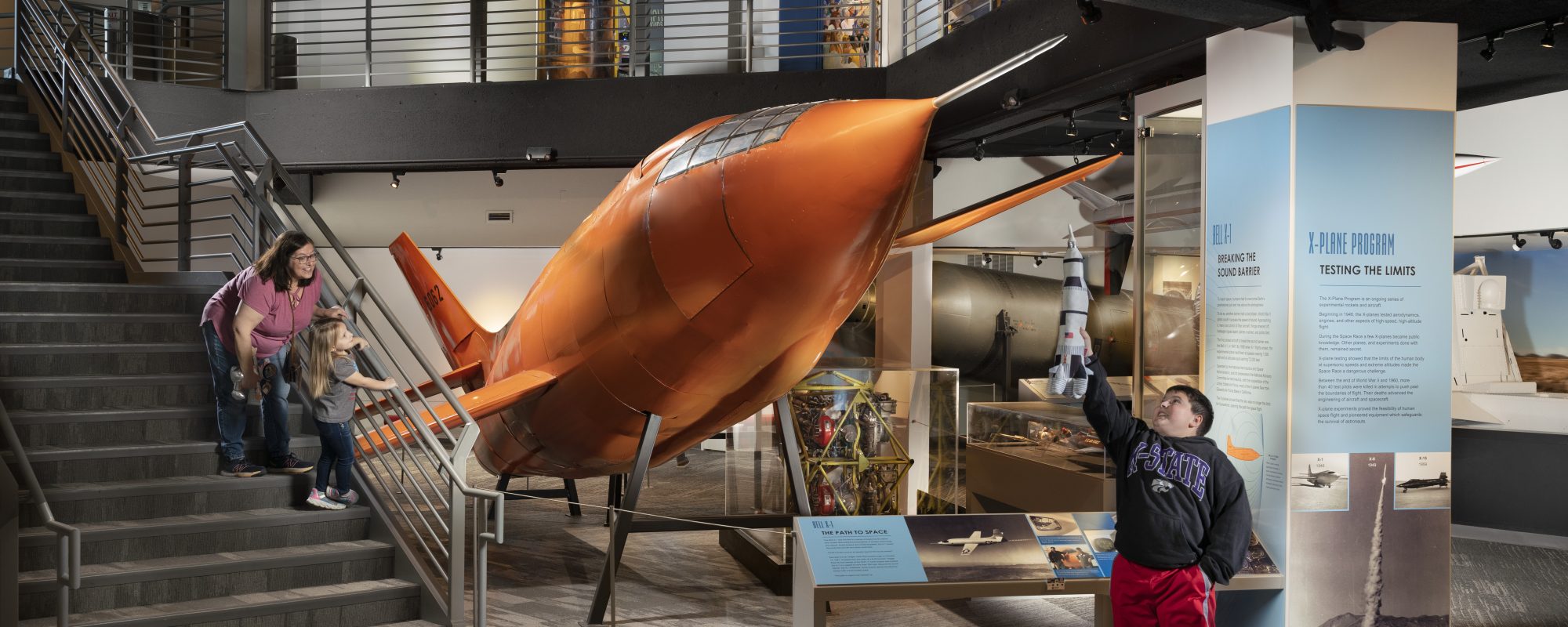By Paul Lytle, Cosmosphere Volunteer
I was chasing an errand over the lunch hour on a Wednesday afternoon, when I stopped at a nearby Sam’s store for one of those inexpensive hot dog and drink combos. As I was in line to order, I noticed an older gentleman with a U.S. Navy ship’s hat from the USS Lake Champlain, himself enjoying a Sam’s lunch with his wife. From my childhood days of the mid-60’s and more recent readings and research, I recognized that ship name from Gemini Program splashdown recoveries. As I was standing within 6 feet of him, I just had to presumptively ask “Excuse me, but when did you serve on the Champlain?” He perked to a proud smile and said “64 and ‘65, just before the ship was decommissioned in Philadelphia”. I probed further, showing my spaceflight enthusiasm, “Did you participate in any Gemini spacecraft recoveries?”. “Oh, yes”, he said,….”Gemini 5, ….we picked up Gordon Cooper and Pete Conrad”. We visited briefly further, as I asked more about the ship, mentioning my thinking that it was a smaller landing support aircraft carrier, to which he responded, “well, no, it was the last of the straight deck carriers in service to the Navy at that time”. As my spot in line advanced toward the counter, I expressed thanks and shook his hand in appreciation for his service as a Veteran.

I had been looking forward to the hot dog, which I love to ladle with sour kraut, relish, onions and mustard, but my history-loving mind was focused more now on learning just a little more about this Veteran’s story. My hot dog and cup in hand, I turned around and stopped by the fellow again, introducing myself as a volunteer at the Cosmosphere in Hutchinson, whose staff and other volunteers might themselves enjoy this happenstance story. I asked him if he would mind if I took a selfie picture of us that I could share, especially with his hat, and he was pleased to smile for an I-Phone souvenir record of the chance meeting. We visited further, and he introduced himself as James Raymond of Altoona, Kansas, and his pride of his service on “Champ”, as the ship was nicknamed, was evident. I asked him about his experience with the GT-5 (Gemini-Titan 5) recovery, and he proudly said that he “was part of the crew that cradled of the capsule as it was raised to the deck of the ship”. In fact, he found out some time later that he was in the photo of ship crewmen hoisting the spacecraft in the ‘Life’ magazine article about the mission. I thanked Mr. Raymond for his time and the story, and wished him a good afternoon and safe travels home. As I dropped by the condiment stand for my traditional dressings for my hot dog, I found myself briefly standing next to Mr. Raymond’s wife, Stacy, who James has been married to for 51 years, and I apologized for interrupting their lunch, to which she said with a smile, “that’s not necessary, ….I think he really enjoyed it”.
When I returned to the office, I checked Wikipedia for more information about the USS Lake Champlain, and found that CV-39 was one of 24 Essex-Class aircraft carriers rapidly and dependably built for service in World War II, and participated in NASA spacecraft splashdown recoveries along with sister ships Essex, Randolph, Kearsarge, Intrepid, Wasp, Yorktown, Princeton, Ticonderoga and Hornet (Apollo 11). In fact, “Champ” was the lead recovery ship for America’s first manned spaceflight, Mercury-Redstone 3, “Freedom 7”, with astronaut Alan Shepard, but that was before Mr. Raymond’s service time on the ship. The Lake Champlain and Mr Raymond also recovered the unmanned Gemini 2 spacecraft (which later became the first US spacecraft to be refurbished to fly a second spaceflight, but that’s another story for another time). The Essex-class carriers did have varying deck styles, and true to Mr Raymond’s proud claim, her ship motto was “The Straightest and the Greatest”. The Gemini 5 August 29, 1965 recovery was the Lake Champlain’s last major duty. Shortly afterward, she sailed to the Philadelphia Navy Yard, where she was decommissioned on May 2, 1966 and was placed in the U.S. Navy Reserve Fleet, and James was assigned to another carrier, the USS America. After 3 years in “mothballs”, the 24-year-old carrier was stricken from the Navy List on December 1, 1969, and sold for scrapping in April of 1972.
As I reflected on my day after work, I thought about this chance lunchtime meeting, the introductions and the story that was the unexpected reward of that hour, and thought that I had probably made Mr. Raymond’s day as much as he had made mine, all the result of the recognition of a ship’s name on a hat.
Surely, I wondered, for all the resources and manpower put to sea for splashdown recoveries in those early days of American spaceflight, with sailors from all over the country in service on those ships, there are stories to be heard, and experiences and history to be learned. So, when you see a ship name on a Veteran’s hat, don’t be afraid to ask about his service, because sometimes there’s a story to be heard.
Happy Veteran’s Day!
Picture captions:
Cosmosphere volunteer Paul Lytle with James Raymond, Veteran of service on the USS Lake Champlain
Recovery and cradling of Gemini 5 on the USS Lake Champlain (CV-39), on August 29, 1965, after a then-record 8-day Earth orbital spaceflight. James Raymond of Altoona, Kansas is on the left end of the spacecraft.


